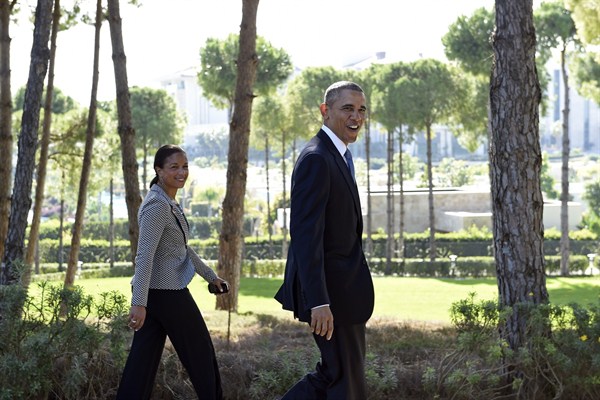In a recent report from the influential Center for a New American Security, Michele Flournoy, the center’s current head who served as the undersecretary of defense for policy during the first Obama administration, pointed out that the next president must “articulate a clear vision of U.S. leadership in the world and take concrete steps to demonstrate the United States’ willingness and ability to uphold its commitments and defend its interests, values, and allies around the world.”
This is important advice, but articulating a presidential vision alone does not mean it will be implemented. Nor will it make a real difference, so long as the American political system remains an inhospitable place for strategy.
Strategy is a peculiar, difficult and at times counterintuitive art. It is designed to control risk, maximize effectiveness and increase the chances of success during the mobilization and application of power—particularly but not exclusively military power. It entails order extended in time, space and milieus. Strategy attempts to impose coherence and predictability on an inherently disorderly environment composed of thinking, reacting, competing and conflicting entities.

